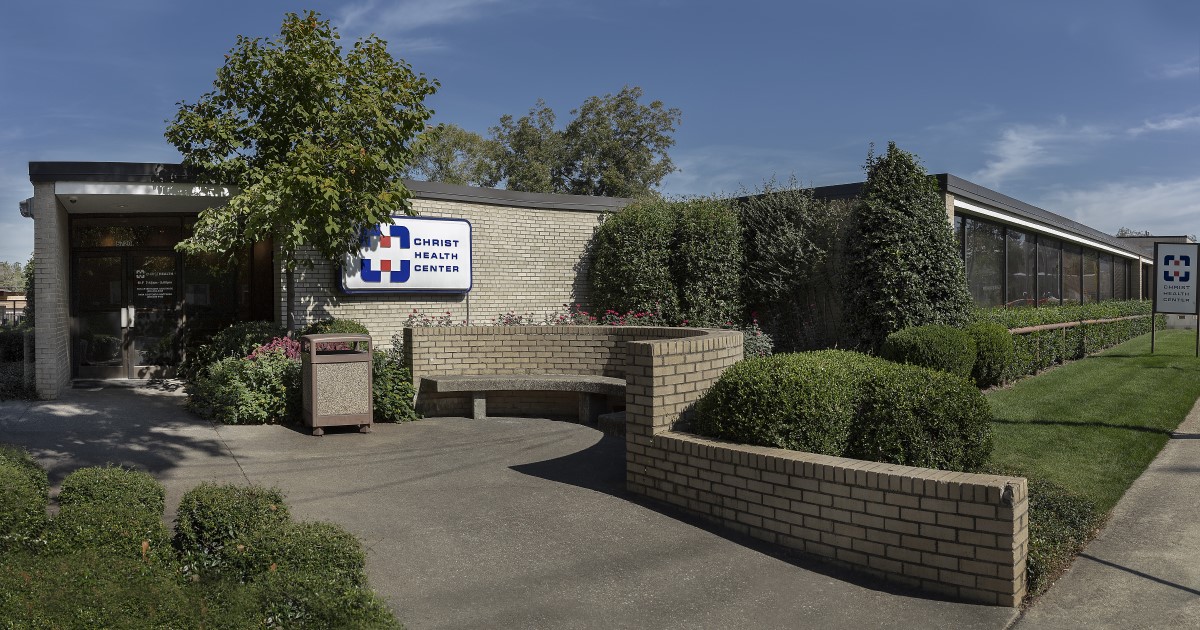
Prior to the COVID-19 pandemic hitting in early 2020, Christ Health Center in Birmingham, Alabama, was headed for telemedicine. But the pandemic strapped a rocket to the provider organization’s telehealth plans.
When COVID-19 struck, Christ Health had to close its clinic and had no way to see its patients.
“Thankfully, the electronic health record companies and our other vendors adapted rapidly, so we got telemedicine up and running through our EHR,” said Cory Harris, COO at Christ Health Center. “But it wasn’t as ideal a set-up as we wanted it to be.”
A grant to enhance telehealth tech
There was video, but there were no assessment capabilities. So Christ Health applied to the FCC’s telehealth funding program for a grant in order to bolster its telehealth technology.
In the middle of last year, the FCC came through with a grant for $631,612 for laptop computers, a telehealth platform, and other telehealth equipment in order to expand Christ Health’s capacity for telehealth and move to a full telehealth model while the COVID-19 crisis persists. The funds were also meant to implement telemedicine and teleconferencing solutions for patient care and education.
Christ Health bought a suitcase-enclosed telemedicine technology called a MedPod from a vendor of the same name.
“The technology is pretty limitless. There’s some idea to put a MedPod in a group setting – a congregational group home setting, for example – or a long-term rehab facility setting, to help those patients with telemedicine.”
Cory Harris, Christ Health Center
“It’s kind of like a cart, but it has digital scopes,” Harris explained. “It’s a big cart with a big screen on it that you can roll around. It looks like a nursing cart in a hospital, except it has a large tablet screen on it. They have the ability to do everything. They have really high-definition cameras and scopes. It’s got a lot of bells and whistles. And then we were approached by the school system.”
Keeping the schools open
The school system did not want to shut down completely. It wanted to try to stay open at least half of the time, but they needed a way for somebody to see patients and do COVID-19 testing.
“So we purchased and deployed five MedPods,” Harris recalled. “Initially, we deployed them inside the school system with the school nurses, and with one of our medical assistants traveling there. We started doing COVID-19, flu and strep testing through telemedicine. Kind of like a quick kind of clinic through telemedicine two days a week.”
That proved very successful, but now COVID-19 is declining, he said, so Christ Health is looking at possibly creating a long-term solution for the schools. It’s considering more thorough care, like well-child exams, routine checkups and behavioral health clinics. But the organization still is in the investigation phase.
“Now we have to pivot, at least in our area,” Harris said. “But the technology is pretty limitless. There’s some idea to put a MedPod in a group setting – a congregational group home setting, for example – or a long-term rehab facility setting, to help those patients with telemedicine.”
Achieving results
The biggest pro for the MedPod telehealth technology is having one physician in one place seeing patients at multiple locations, Harris said.
“So in an area like a school, where you have a low volume of patients, you could not afford to put a provider there in the high school,” he explained. “But with telehealth we’re able to help. By using telemedicine, we’re able to put these units in multiple areas and extend the reach of the physician and the nurse practitioner, which is huge. And overhead is very low for this.”
Christ Health even could very inexpensively extend this ability to rural areas where there is lack of access to care, he added. “Have one doctor or one nurse practitioner in a central location, taking care of people from multiple locations.”
Slowing COVID-19’s spread
The biggest results were obviously slowing the spread of COVID-19 while being able to take care of patients at the same time, he added.
“And as far as the school-based platform goes, we’re able to keep them in school while also protecting them, which is huge,” Harris said. “And they’ve had really fantastic results. They’re reopening fully now, and they still don’t have very many COVID-19 cases – so it’s been good.”
